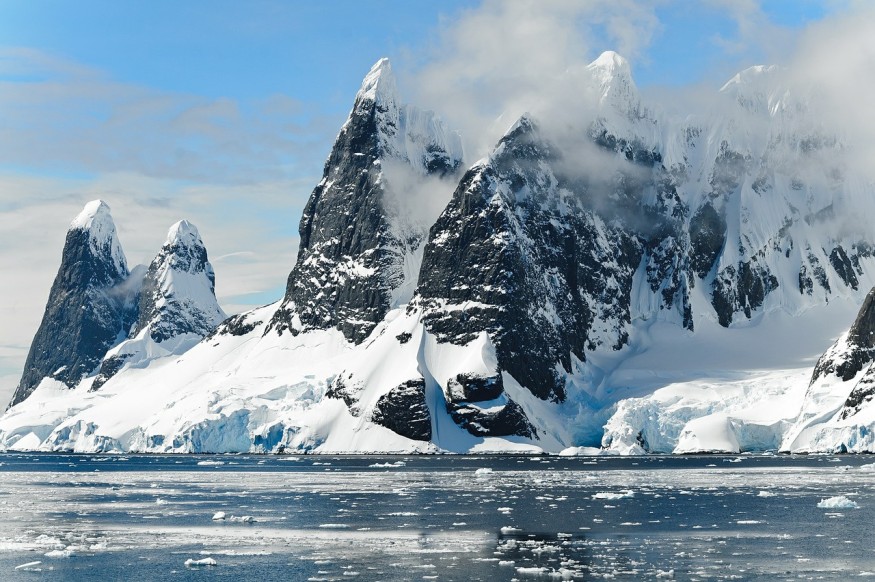
The Arctic is starting to warm and become greener, and it alarms scientists because it thaws permafrost, causes the disappearance of sea ice and is making wildfires in the arctic a real threat.
In Verkhoyansk in Siberia, this year's first summer day marked an ambient temperature of 100º F, which is much hotter than is usually experienced in the Arctic. It is very much above the average high temperature in June, which is 68º F. The Arctic is becoming warmer at a rate double than what the rest of Earth is experiencing. This is causing ecological chaos for flora and fauna in the north.
McMaster University wildfire scientist Sophie Wilkinson says that these events are unprecedented due to the magnitude of the temperature extremes. She is studying peat fires in the north, which has become too frequent recently with the climbing temperatures.
This extreme warming is called polar or Arctic amplification and could be caused by three factors. The first is the albedo, or reflectivity, a function of the amount of light the Arctic sends back up to space. Isla Myers-Smith, a global change ecologist from the University of Edinburgh, notes the drastic declines in sea ice during summer in the past three decades. The whiteness of ice reflects the energy and light from the sun. However, Myers-Smith notes that the melting Arctic sea ice removes the white surface from the ocean, exposing its darker surface color that tends to absorb the heat of the sun.
In addition, sea ice returns much later during autumn since temperatures do not drop as quickly as before, partly due to the trapped heat in the hotter ocean waters. The ocean will indeed refreeze during winter, explains Myers-Smith. Still, it is a thinner ice layer that will again melt the following summer, instead of much larger sea ice that is frozen all year round.
This is connected to changing currents, which is the second factor. Now, the melting ice injects freshwater into the Arctic Ocean, and since freshwater is less dense compared to seawater, it floats over it. Less ice also means more wind, which speeds up the Arctic Beaufort Gyre and traps water that is usually expelled to the Atlantic Ocean. This change mixes cold surface freshwater with warm seawater, thus increasing temperatures and melting even more ice.
The weather is the third factor. The so-called polar jet stream is the prime mover of cold and hot air in the Northern Hemisphere, which is produced by the differences in temperature between the tropical and Arctic regions. With the warming Arctic, this jet stream is now wildly undulating and injecting warm air into the Arctic summer and freezing air during the US winter. Warm air staying in the Arctic causes further melting of sea ice and permafrost.
All these causes drastic ecological consequences. The warming Arctic is also making it greener. Invasive species of plants are altering the floral community and affecting native species. The same is true with invasive animal species such as beavers and moose, which are apparently extending their range to the north. For example, beavers could compete with native species for resources, and alter water flow because of their dam-building behavior.
The thawing permafrost is causing thermokarst, turning the firm ground into wetlands affecting animal and human mobility, including caribou and reindeer, according to David Olefeldt of the University of Alberta. The thawing permafrost also releases more greenhouse gases.
The warming is also drying out the peat and increases the potential for peat wildfires. When burned, each hectare of peat releases 200 tons of trapped carbon into our atmosphere. And since moist, warm air is moving northward, along with it comes thunderstorms and lightning, which can readily ignite the dry peat.
A warming, and greener, Arctic means massive change, and more and more unprecedented anomalies crop up each year, according to Wilkinson.
© 2025 NatureWorldNews.com All rights reserved. Do not reproduce without permission.





